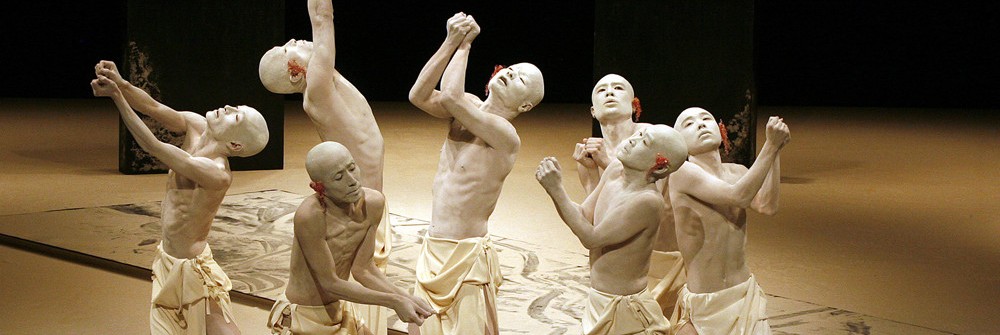 In a recent piece of photo journalism, India’s former folk theatre actors struggle to survive the BBC published a set of images, taken by Soumya Sankar Bose, of former Jatra performers from West Bengal, India. New to me, and with a claim in the article that Jatra is a dying art, I started to investigate.
In a recent piece of photo journalism, India’s former folk theatre actors struggle to survive the BBC published a set of images, taken by Soumya Sankar Bose, of former Jatra performers from West Bengal, India. New to me, and with a claim in the article that Jatra is a dying art, I started to investigate.
Jatra is an ancient theatre form which originated in 16th Century and like most theatre forms, has it’s roots in religious devotion, its literal translation in to English being, to go in a procession. What has fascinated me most though is the fact that it has constantly evolved both thematically and in form. Originally a musical theatre form, it has gone on to include prose, improvised dialogue, and comic interludes. The original narratives were great Indian classics like the Ramayana, but come the 20th Century, Jatra transformed into a theatre that supported the growing calls of independence from the British and, for a time, became a vehicle of political satire and protest. This led to some performances being banned by the colonists who had once embraced it. At the same time, with the rise of communism in some Indian states, Lenin even made an appearance in some Jatra performances which positively portrayed communist ideologies and thought. However, even in this period, song remained at the heart of Jatra.
Following the World War II, Jatra started to fall into decline, with the arrival of radio, television and then Bollywood, although it still remained popular in the more rural communities. However, in West Bengal, where it originated, it is still popular today and according to one source, Jatra performances can draw an audience of up to 20,000. On the other hand, in an article for Indian Express, An Hour Upon The Stage, Premankur Biswas talks to some of the retired performers that Soumya Sankar Bose photographed, as well as Bose himself, and they tell a very different story:
Today, there are about 20 Jatra companies in Kolkata’s famous Chitpore district. In 2001, there were over 300 companies which employed over 20,000 people.
“The 20-odd troupes will also close down in a few years. The Partition had a major impact on jatra. Artistes in the newly formed East Pakistan (later Bangladesh), stopped enacting Hindu folk tales of Krishna lila, Kongsho bodh, etc. On the other side of the border, artistes in West Bengal stopped playing Muslim characters such as Siraj-ud-daulah. The advent of cinema and TV in the 1960s and 1970s was another major blow,” says Bose.
Jayashree Mukherjee, 66, who started her career in 1965, hasn’t acted in a jatra pala for about five years. She was 14 when she was spotted selling flower garlands at a north Kolkata market by renowned jatra director Bhavesh Kundu. She had five mouths to feed. “My father had lost his job and I had younger siblings. Bhaveshda asked me if I could act, I couldn’t say no,” says Mukherjee.
Her first role, the titular character in the popular Tapasi, required her to play a child bride married to a 40-something zamindar. “I would just mouth lines but people loved my performance,” says Mukherjee. For the next 20 years, Mukherjee played lead roles in a number of jatra palas, but the 1980s spelled doom. “Television ate away a large chunk of our market. Producers started bringing film stars to jatras to draw in the crowds,” says Mukherjee. Since the 1990s, popular film stars like Moon Moon Sen, Satabdi Roy and Raveena Tandon have performed in jatras.
Mukherjee, who acted in a jatra pala with Raveena Tandon about a decade ago, was paid Rs 1,000 for her efforts, while Tandon was paid “more than Rs 1,00,000”. Mukherjee does small roles in television serials now. “At times, I make about Rs 8,000 in a month, at times not even that. There are months where I don’t get any work. And to think less than two decades ago, I was too busy to attend even a nephew’s wedding”.
I have really only skimmed the surface of the rich history of Jatra. There are some good sources if you want to read further. There is this one from Indiaprofile.com and then this more detailed one from Yakshagana Cultural Magazine, which covers staging and so on. There are more of Bose’s photos here. If you want real detail and have access to JSTOR, there is a volume of the Journal of South Asian Literature devoted to Jatra.
Final, a look at the Jatra itself:

